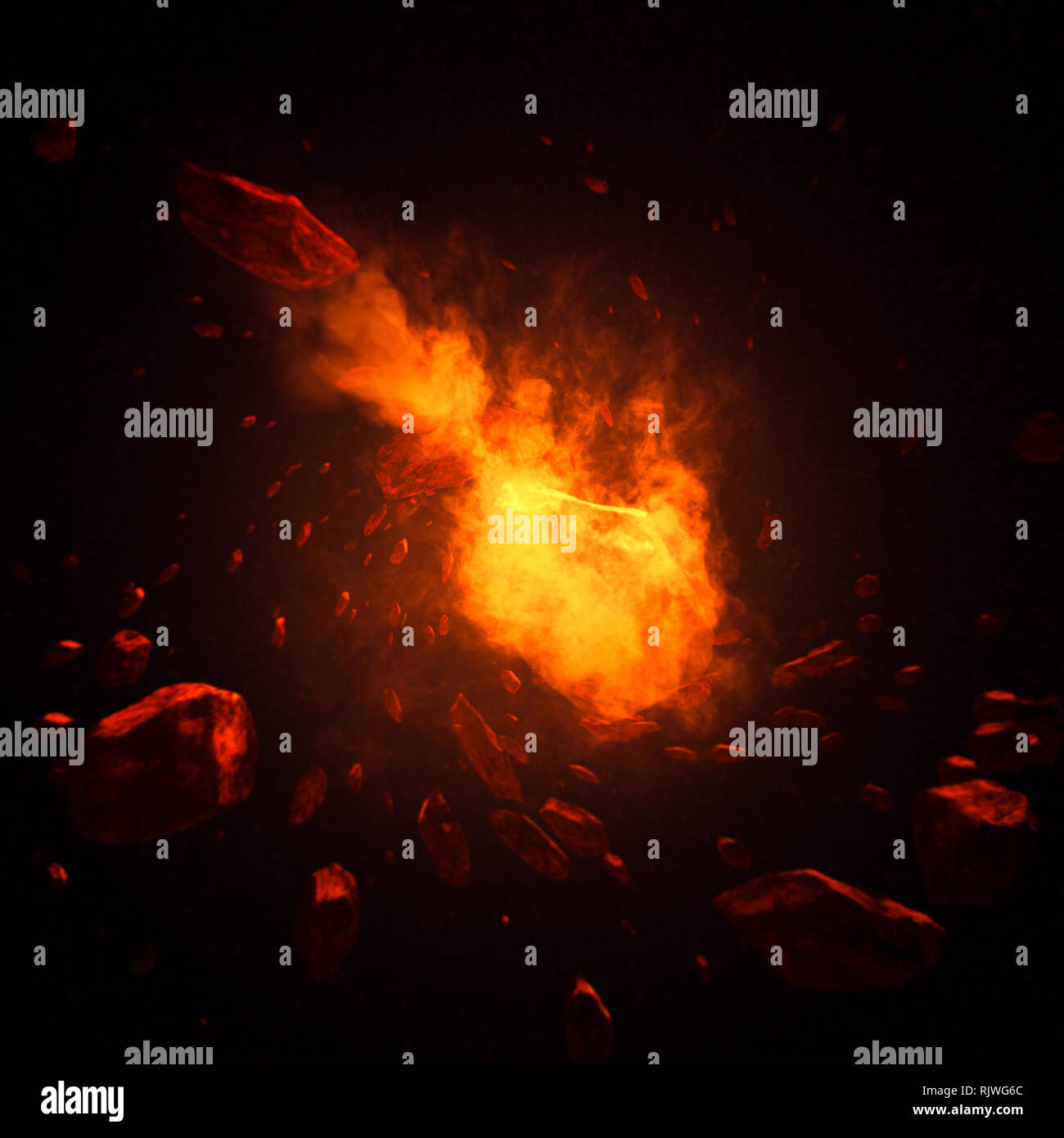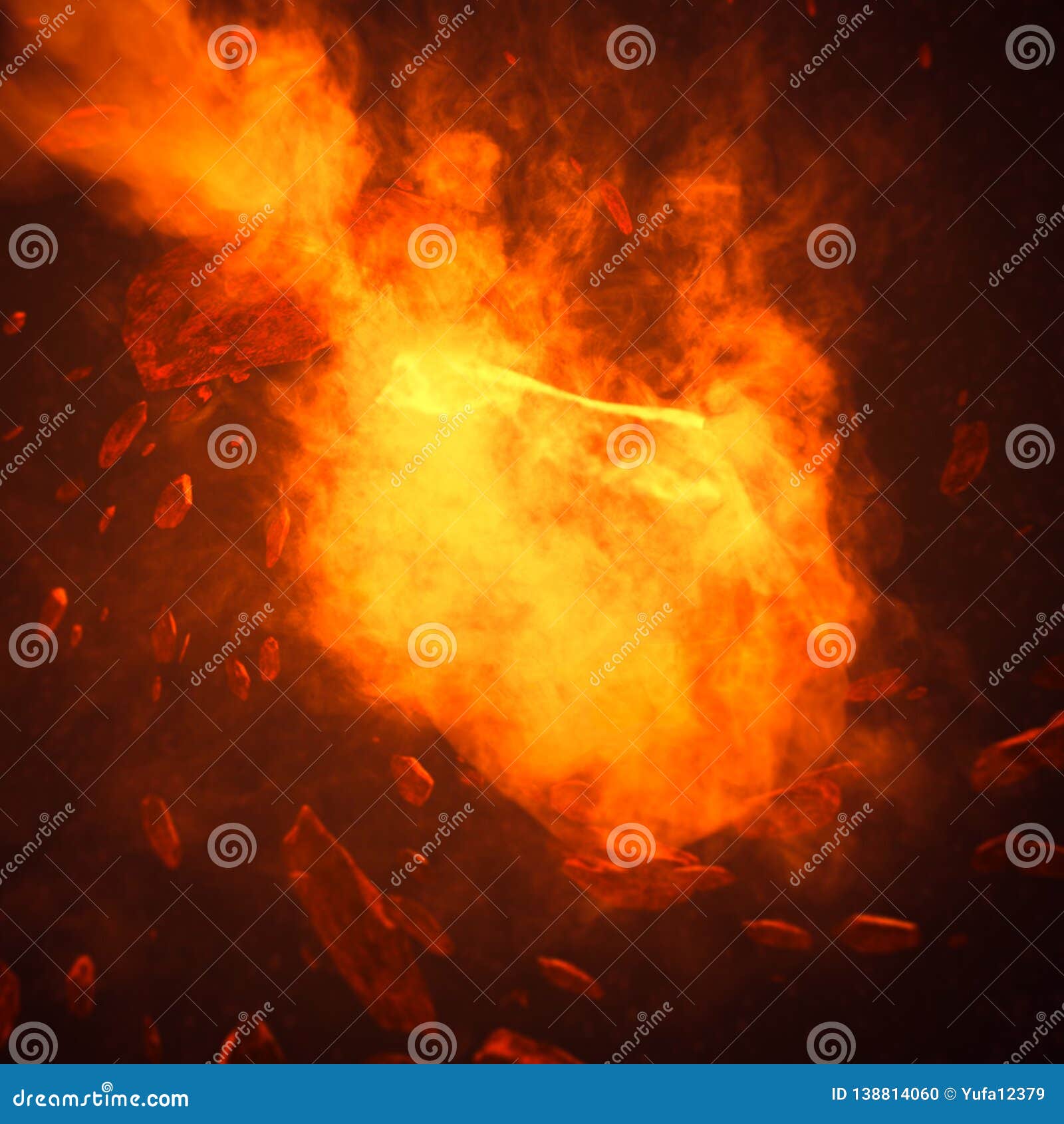Comet Fire: From Ancient Omens To Digital Stars & Wildfire Battles
Table of Contents:
- Introduction: Unraveling the Enigma of Comet Fire
- Comet Fire in Ancient Skies: Omens and Celestial Spectacles
- The "Comet Fire" Wildfire: A Battle Against the Blaze in Nevada
- The Digital "Comet Fire": @comet_fire, the Online Creator
- Beyond the Screen: @comet_fire's Creative Universe
- The Enduring Cultural Impact of Comet Fire
- Future Gazing: What's Next for Comet Fire?
- Conclusion: The Multifaceted Legacy of Comet Fire
Introduction: Unraveling the Enigma of Comet Fire
The term "comet fire" evokes a powerful imagery, conjuring visions of celestial phenomena streaking across the night sky, or perhaps the devastating intensity of a raging wildfire. Yet, as we delve deeper, we discover that "comet fire" is not a singular event but rather a multifaceted concept, encompassing everything from ancient superstitions and modern scientific observations of fiery atmospheric entries, to the challenging realities of battling real-world blazes, and even the vibrant online presence of a popular digital creator. This exploration aims to illuminate the diverse meanings and impacts associated with "comet fire," providing a comprehensive look at its historical, scientific, and contemporary manifestations.
From the earliest human civilizations, the sight of a comet has been a source of both wonder and dread. These celestial wanderers, often appearing as fiery streaks, have been interpreted in myriad ways. Today, the phrase "comet fire" also brings to mind the intense heat and destructive power of wildfires, often fought by dedicated individuals and advanced machinery. Furthermore, in our increasingly digital world, a new form of "comet fire" has emerged: the creative spark of online personalities who ignite passion and curiosity among their followers. Join us as we navigate these intriguing dimensions, uncovering the stories and science behind each interpretation of "comet fire."
Comet Fire in Ancient Skies: Omens and Celestial Spectacles
For millennia, humans have gazed skyward, observing the cosmos and seeking meaning in its movements. Among the most striking celestial events are comets, which, with their bright heads and trailing tails, often appear as if they are literally on fire. Ancient sources, including Chinese oracle bones, confirm that comets have been noticed and recorded by humans for thousands of years. These observations were far from mere scientific curiosities; they were deeply interwoven with cultural beliefs and prophecies.
Until the sixteenth century, the appearance of a comet was rarely a cause for celebration. Instead, comets were widely considered bad omens. They were often interpreted as harbingers of death for kings or noblemen, signals of impending catastrophes, or even seen as direct attacks by heavenly beings against terrestrial inhabitants. The fiery appearance of these celestial visitors undoubtedly contributed to their ominous reputation, linking them visually to destruction and divine wrath. This historical perspective underscores how deeply ingrained the concept of "comet fire" as a powerful, often foreboding, force has been in human consciousness.
Fireballs and Meteor Showers: The Fiery Descent
While comets themselves don't "burn" in the atmospheric sense, the debris they leave behind certainly does. When fragments from comets or asteroids enter Earth's atmosphere at high speeds, they create spectacular phenomena known as fireballs or meteors. These events can light up the night sky for a split second, appearing as intensely bright streaks of "comet fire." News outlets have frequently reported such sightings, with people across vast regions witnessing these dazzling displays. For instance, a video captured a fireball lighting up the Northern California sky one Friday night, with reports of sightings extending far north of the initial location.
Such events are not always isolated incidents. Sometimes, Earth passes through a stream of debris left by a comet, leading to a meteor shower. Hundreds of people across the northern United States and Canada reported seeing a massive fireball crashing through the night sky on a Sunday night, briefly illuminating the darkness. While initially reported as a meteor sighting, Space Command later confirmed that what was seen was actually a Chinese module re-entering the atmosphere, highlighting the complexity of identifying these fiery aerial phenomena. However, true celestial events also occur, such as a mysterious space rock that lit up Canadian skies in February 2021, which scientists determined wasn't a comet despite its distant origin, further illustrating the diverse sources of these fiery atmospheric displays.
The Taurid Meteor Shower and Comet Encke's Legacy
One of the most well-known examples of a "comet fire" event linked to specific celestial debris is the Taurid meteor shower. This annual event is caused by the Earth passing through the trail of dust and small particles left behind by Comet Encke. The Taurid meteor shower is particularly notable for producing exceptionally bright meteors, often including fireballs, due to the nature of the debris. These fiery streaks are a direct, albeit brief, manifestation of "comet fire" as a natural astronomical phenomenon.
Organizations like The American Meteor Society, Ltd. (AMS) play a crucial role in understanding these events. Established to inform, encourage, and support the research activities of people interested in meteor astronomy, the AMS collects and analyzes reports of fireballs and meteor showers, contributing significantly to our scientific understanding of these spectacular, fiery celestial occurrences. A NASA scientist even suggested that a large comet fragment, weighing around 75 pounds, once fell to Earth and burned up in the atmosphere, causing a significant fireball, underscoring the potential for substantial "comet fire" events from cosmic origins.
The "Comet Fire" Wildfire: A Battle Against the Blaze in Nevada
Beyond the celestial, the term "comet fire" takes on a very real and immediate meaning when referring to wildfires. One such event, the "Comet Fire" near Ely, Nevada, on August 6, 2020, stands as a stark reminder of nature's destructive power and the heroic efforts to contain it. This particular "comet fire" burned 356 acres above the landscape, posing a significant threat to the surrounding environment and potentially to human infrastructure.
Information about such incidents is crucial for public safety and resource management. The NVELD Comet Fire information was made available on InciWeb, an official website of the United States government, which provides incident information for large-scale wildfires and other emergencies. This platform serves as a vital resource for tracking the progress of fires, understanding their impact, and coordinating response efforts, emphasizing the serious, tangible nature of "comet fire" when it manifests as a wildfire.
Jim Watson and Tanker 871: On the Front Lines
The fight against the Comet Fire in Nevada involved dedicated professionals and specialized equipment. Among them was Jim Watson, the pilot of single-engine air tanker 871. His experience and skill were critical in assessing the situation and deploying retardant to control the blaze. Videos captured the view of the Comet Fire from Tanker 871, offering a unique perspective from the cockpit as Watson sized up the fire's extent. These visuals underscore the challenging and dangerous work involved in aerial firefighting.
Riding with Jim Watson, one can truly appreciate the precision and courage required to fly a single-engine air tanker, assessing the fire'

Flying comet on fire Stock Photo - Alamy

Fire comet in space with meteor storm. Powerful star moving. Concept

Fire Comet in Space with Meteor Storm. Powerful Star Moving. Concept